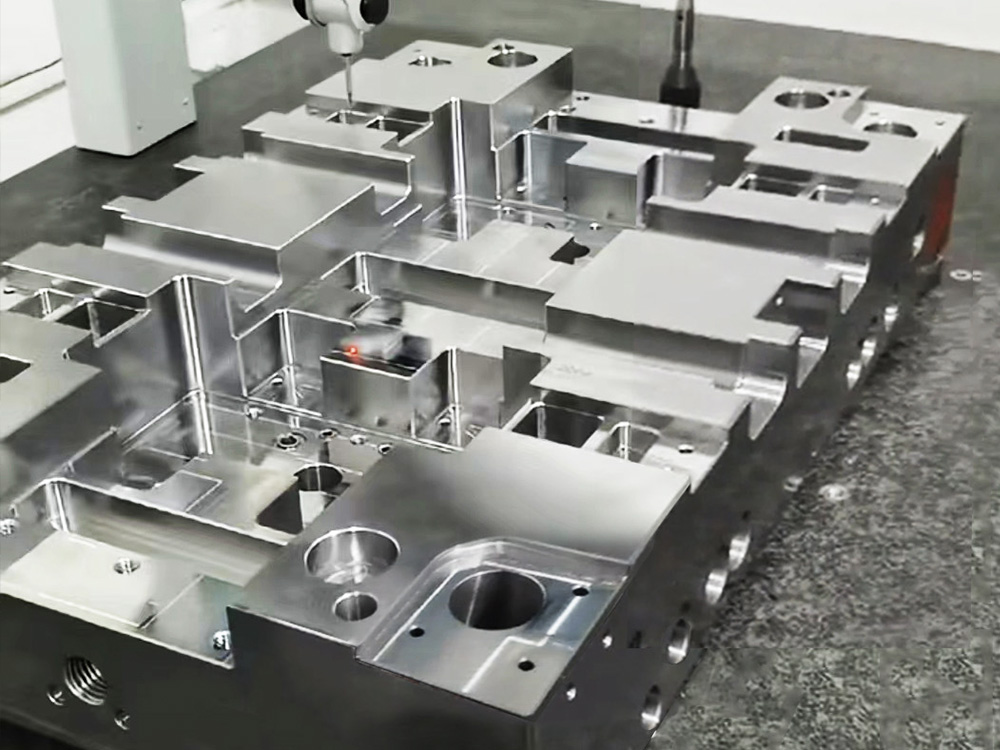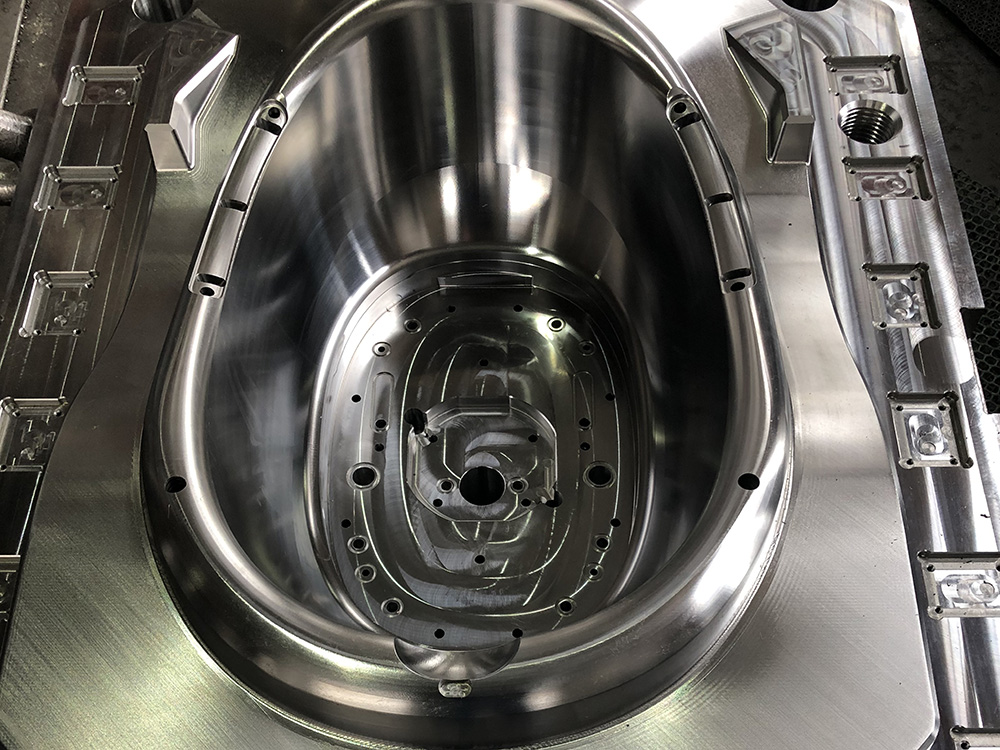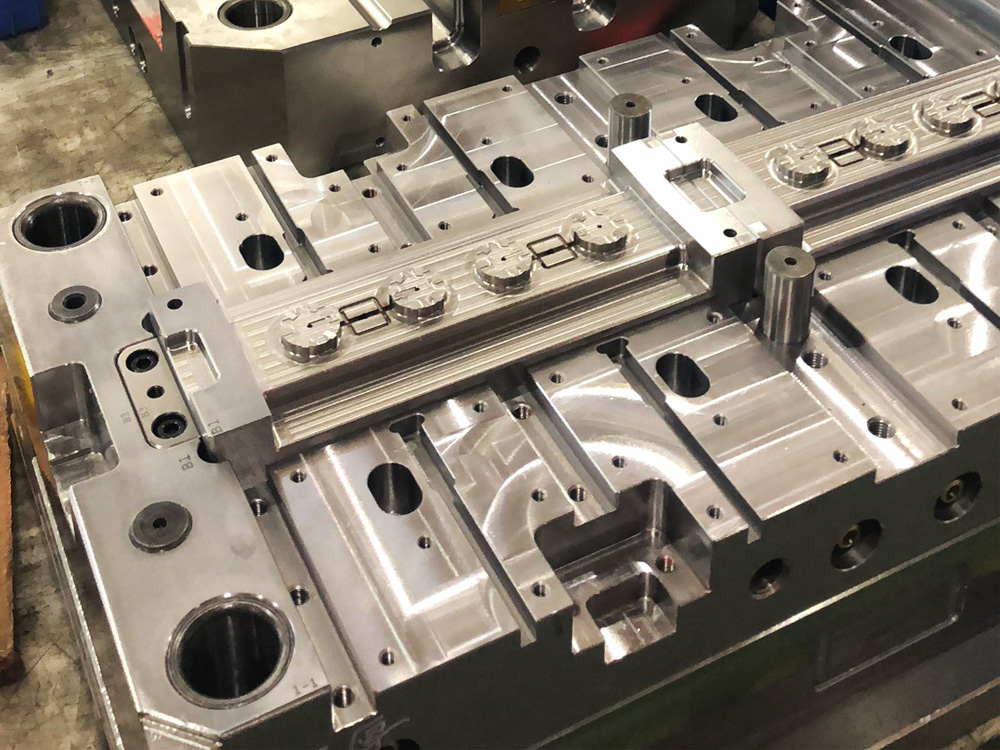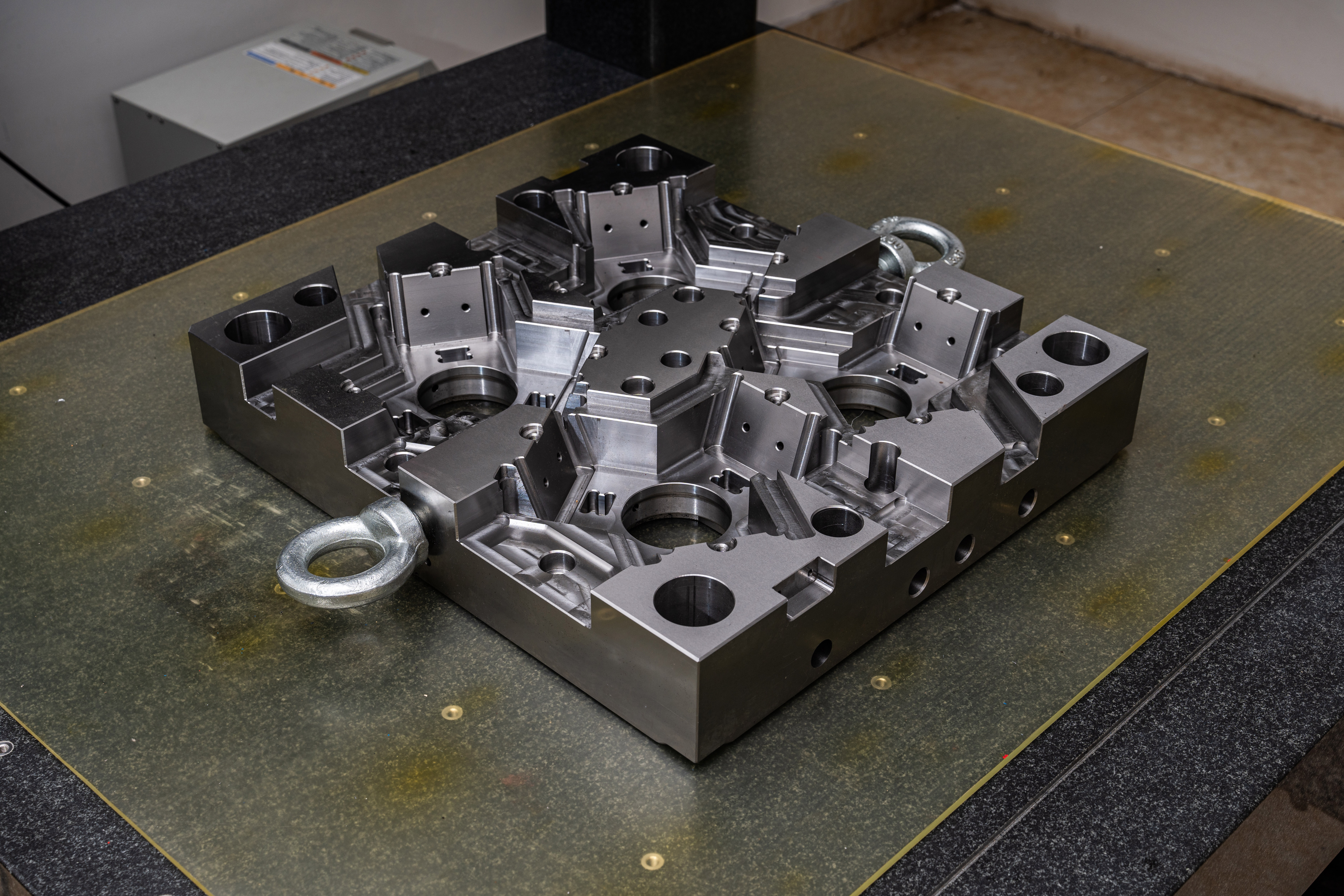How to Adjust the Mold Clamping Force of a Die Casting Mold
Die casting is a widely used manufacturing process in which molten metal is forced into a mold under high pressure. The mold clamping force plays a crucial role in ensuring the quality and performance of the final die cast products. In this article, we will discuss the process of adjusting the mold clamping force for a die casting mold in the Mold Base industry.
Step 1: Understanding the Importance of Mold Clamping Force
The mold clamping force is the force applied by the machine to keep the two halves of the mold securely closed during the injection and solidification of the molten metal. It needs to be adjusted based on the type and size of the die casting mold, as well as the properties of the alloy being used. Proper mold clamping force ensures dimensional accuracy, surface finish, and overall strength of the die cast products.
Step 2: Determining the Required Mold Clamping Force
Before adjusting the mold clamping force, it is essential to determine the required force for the specific die casting mold. Various factors contribute to this determination, such as the projected surface area, draft angles, material flow characteristics, and thermal expansion of the mold. Consult the mold design specifications or seek guidance from experienced professionals to accurately calculate the required mold clamping force.
Step 3: Adjusting the Mold Clamping Force
Adjusting the mold clamping force can be done by modifying the hydraulic pressure applied by the die casting machine. Follow the steps below:
1. Identify the hydraulic system controls of the die casting machine and locate the pressure control adjustment settings.
2. Refer to the machine's manual or consult the manufacturer to understand the specific procedure for adjusting the hydraulic pressure for mold clamping.
3. Ensure the die casting machine is properly calibrated and in a safe operational condition.
4. Gradually increase or decrease the hydraulic pressure in small increments while monitoring the behavior of the mold. A pressure gauge or monitoring system can help in accurately measuring the applied force.
5. Observe the impact of the adjusted mold clamping force on the quality of the die cast parts. Repeat the adjustment process as necessary until the desired results are achieved.
Step 4: Monitoring and Fine-Tuning
Once the mold clamping force is adjusted, it is essential to continuously monitor and fine-tune the force during the die casting process. Changing factors such as alloy temperature, mold temperature, or mold lubrication may require adjustments to maintain the desired clamping force. Regular inspections and preventive maintenance of the mold and machine can also help in ensuring consistent and proper clamping force throughout the manufacturing process.
Conclusion
Adjusting the mold clamping force is a critical step in die casting to achieve high-quality and reliable products. Understanding the importance of mold clamping force, accurately determining the required force, and following proper adjustment procedures are key to successfully adjusting the mold clamping force in the Mold Base industry. Continuous monitoring and fine-tuning are equally important to maintain consistent quality and performance in die casting operations.




